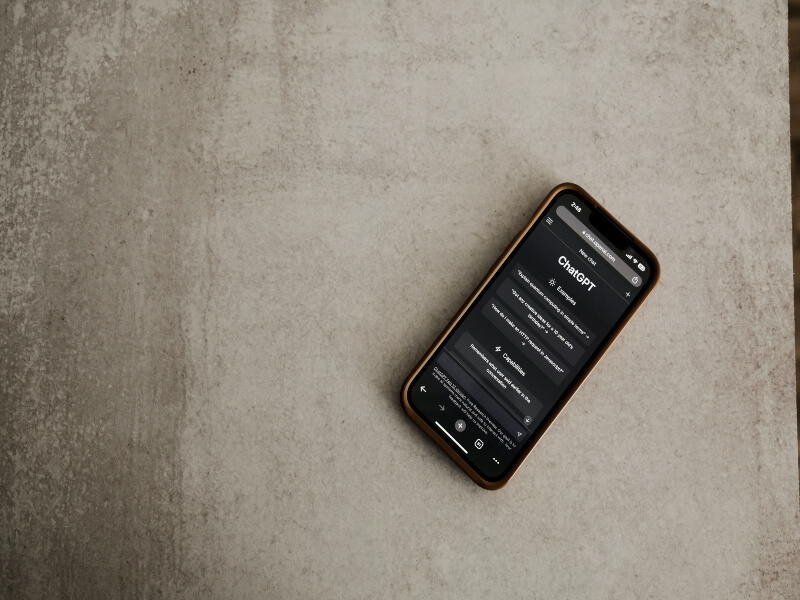Introduction
ChatGPT is an increasingly popular interface for answering mathematical and statistical questions. In this blog entry, you’ll learn how to use ChatGPT to conduct an independent samples t-test.
Option 1: Mean, Standard Deviation, and N are Known
Let’s you want to (a) determine whether continuous variables A and B are significantly different from each other; and (b) are aware of the mean (M), standard deviation (SD), and sample size (N) of each of these variables. In particular, you know that A has a mean of 100, an SD of 8, and an N of 60 and that B has a mean of 90, an SD of 6, and an N of 55.
Try typing the following into ChatGPT:
Independent samples t-test: A (mean = 100, SD = 8, n = 60); B (mean = 90, SD = 6, n = 55); include Shapiro-Wilk test
Here is part of the response:

Notice that the ChatGPT default is a two-tailed test. That’s fine if your null hypothesis is that A and B are equal. But what if your null hypothesis is that A is greater than or equal to B? In this case, divide the p value ChatGPT gives you by 2.
Option 2: Raw Data
What if you have the raw data? You could enter these data into ChatGPT in order to derive means, standard deviations, and sample sizes, then follow the procedure above.
Or try the following:
Independent samples t-test
A:[15, 763, 165, 24, 1433, 14, 345, 21, 64]
B:[25, 137, 215, 20, 1231, 16, 445, 31, 54]
ChatGPT will perform and interpret the independent samples t-test for you, including readout such as the following:

Be sure to read ChatGPT’s explanations of the independent samples t-test, as you can learn a lot from them. One of ChatGPT’s advantages over a statistics program is that you get natural-language descriptions and explanations of a statistical procedure and its characteristics. In this way, ChatGPT can carry out statistical analysis and tutor you on it at the same time.
BridgeText can help you with all of your statistical analysis needs.





